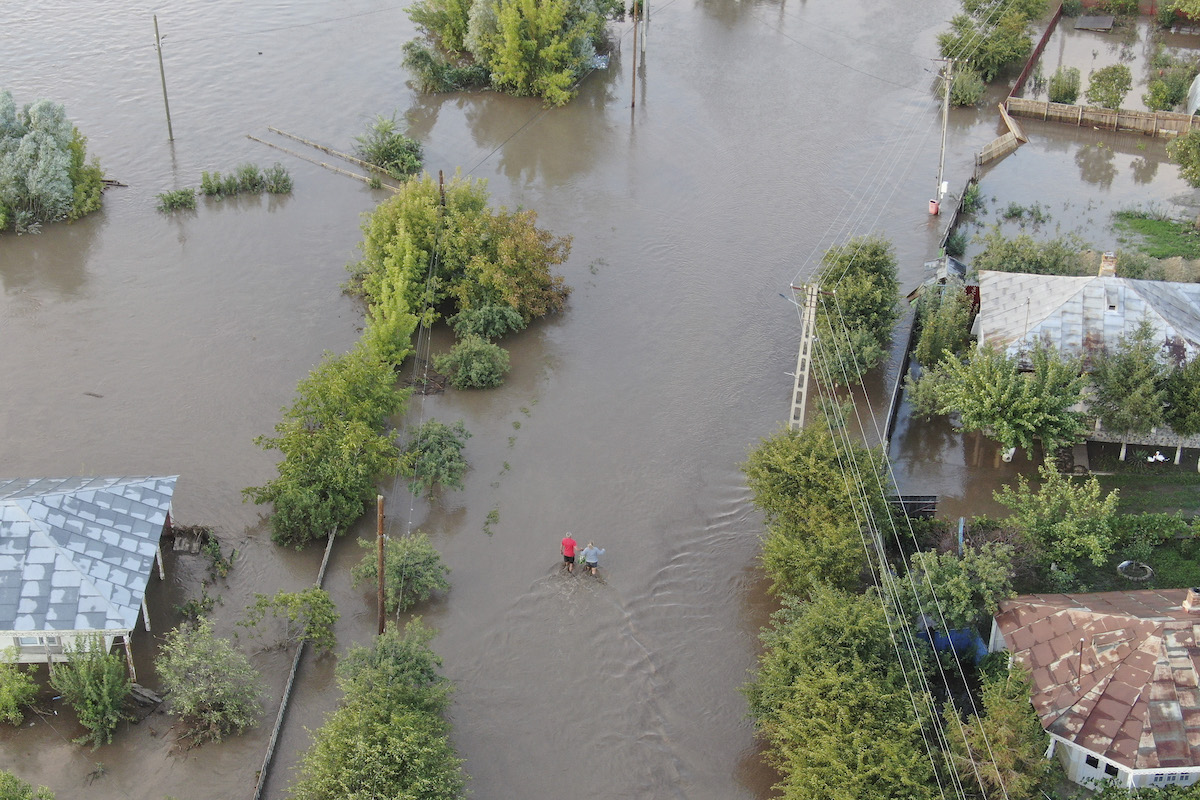Going to the head of the class on the Nov. 5 ballot is Proposition 2, a $10 billion bond for school construction and repairs placed on the ballot by the state Legislature. As described in our discussion with several Proposition 2 proponents, the need definitely is there.
“We’re really excited about Prop. 2 because it will provide $10 billion to repair, upgrade and construct schools and community colleges,” said Rebekah Kalleen, legislative advocate for the Coalition for Adequate School Housing. Of that, $8.5 billion would go to K-12 schools and $1.5 billion to community colleges.
She noted the last statewide school bond voters passed was $9 billion for Proposition 51 from 2016, which garnered 55%. However, in 2020 voters turned down the $15 billion Proposition 13 school bond with 53% casting votes in opposition.
The schools are old, Rafael Plascencia told us. He’s the director of personnel services in the
Tustin Unified School District and the president of Association of California School Administrators. He said the average age of an elementary school statewide is 45 years, for a middle school 53 years and for a high school 53 years.
As will all bonds, the problem is the cost at a time of uncertain state finances. The Legislative Analyst’s Office pegs Prop. 2’s payback cost at $500 million a year from the general fund for 35 years. It also noted state and local school districts commonly split construction costs roughly in half. Which means some districts “would see an increase in their local costs,” meaning more local bonds paid for by property tax increases.
Treasurer Fiona Ma’s website lists current bond indebtedness for the state at $71.4 billion, with another $26.2 billion authorized but not yet issued. According to the LAO, the state currently allocates $8 billion a year from the general fund to pay back those bonds. Prop. 2 would increase that to about $8.5 billion.
“State bonds are not a tax increase,” Kalleen told us. “It’s using the existing revenues that are already being received by the state and saying, ‘We’re going to prioritize those with this education spending regardless of what the governor and Legislature may prioritize.’”
But the money for that $500 million a year has to come from somewhere. That means cutting other spending programs or raising taxes. That’s why we long have called bonds “delayed tax increases.”
On top of that, the state’s very system for deciding how to award state bond funds has been criticized by nonprofit law firm Public Advocates for “[advantaging] resource-rich districts that can more easily meet their match and more — constructing STEM labs and performing arts centers, while economically disadvantaged districts struggle to repair HVAC systems, repair leaky roofs, and remediate black mold.”
Related Articles
Endorsement: No on Measure US in LAUSD, the district’s rushed $9 billion bond
Endorsement: No on Proposition 5, a path to higher property taxes and more wasteful spending
Endorsement: No on Prop. 33. Expanding rent control will destroy California’s rental market.
Endorsement: No on Proposition 32. Minimum wage mandates are the wrong way to make California more affordable.
Endorsement: No on Proposition 4, a giant feedbag of climate pork
That’s a glaring problem that could have been avoided if Sacramento took its time vetting and developing Proposition 2. The state has issued tens of billions of dollars in school bonds since 1998, supplementing far more from local districts. If schools are still struggling with black mold, leaky roofs and swiftly repairing HVAC systems, there’s clearly been a failure of prioritization and leadership.
Then consider that under the measure, school districts that commit to using high-cost union labor will be given an edge over districts that don’t use union labor. Which raises a question: Is this really for the best interests of the students or is this really for the best interests of the unions?
What we are left with, then, is a massive bond that will require $500 million a year in state general fund spending for over three decades. It fails to prioritize the needs of economically disadvantaged districts. And it encourages districts to spend more than they ought to on school construction and modernization.
Californians rejected a massive school bond just a few years ago. They should reject this one, too.
Vote no on Proposition 2.






























